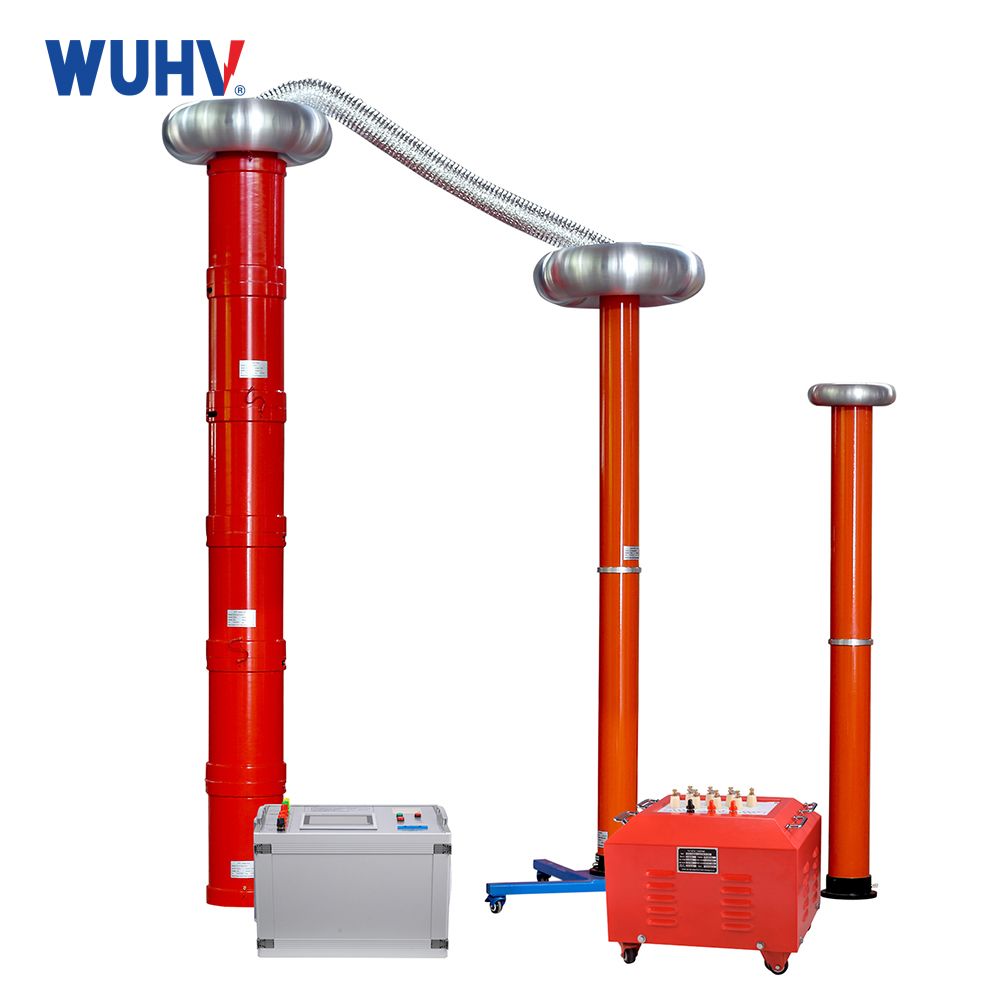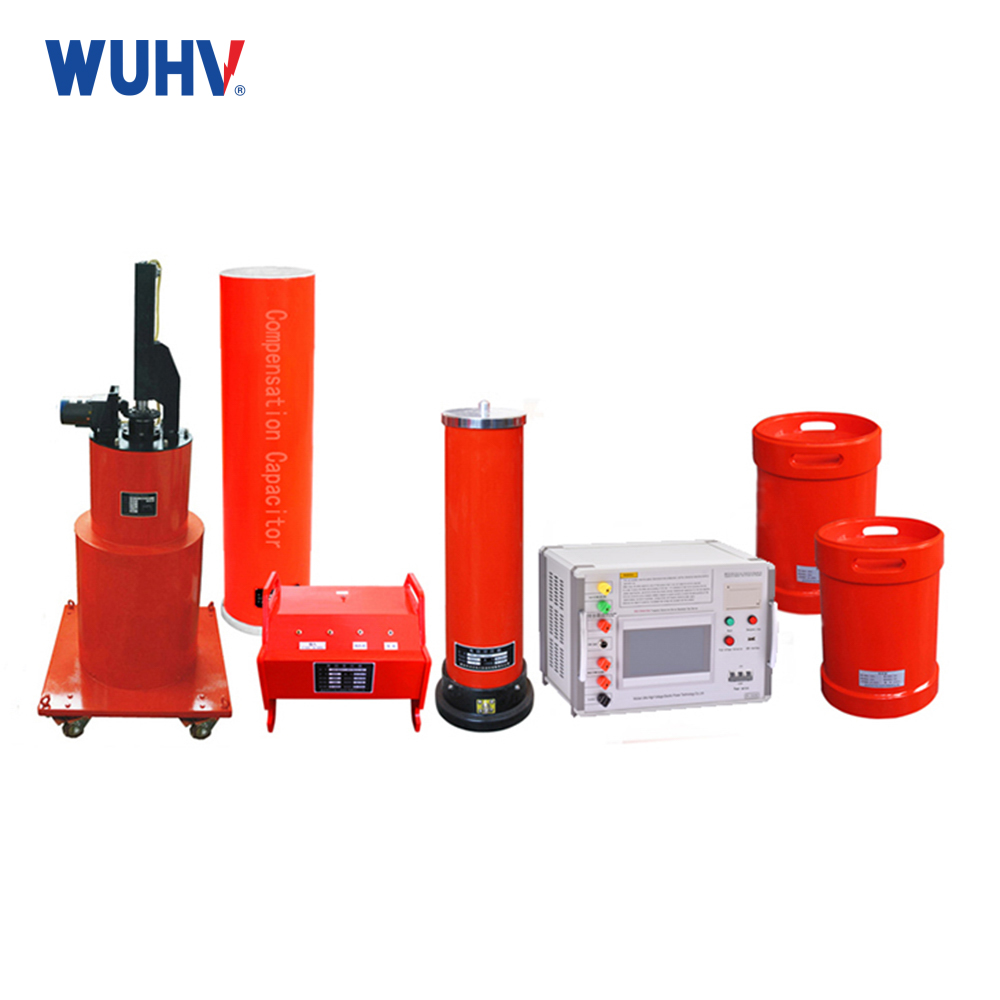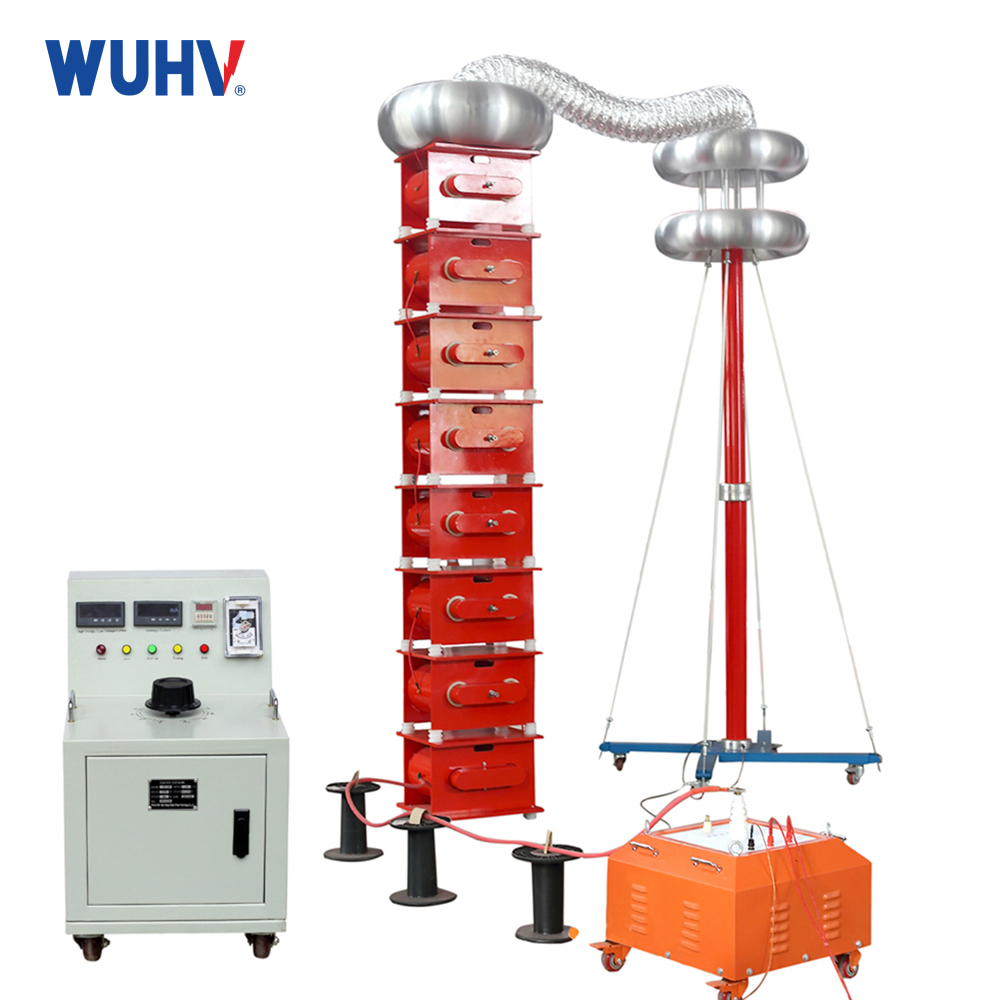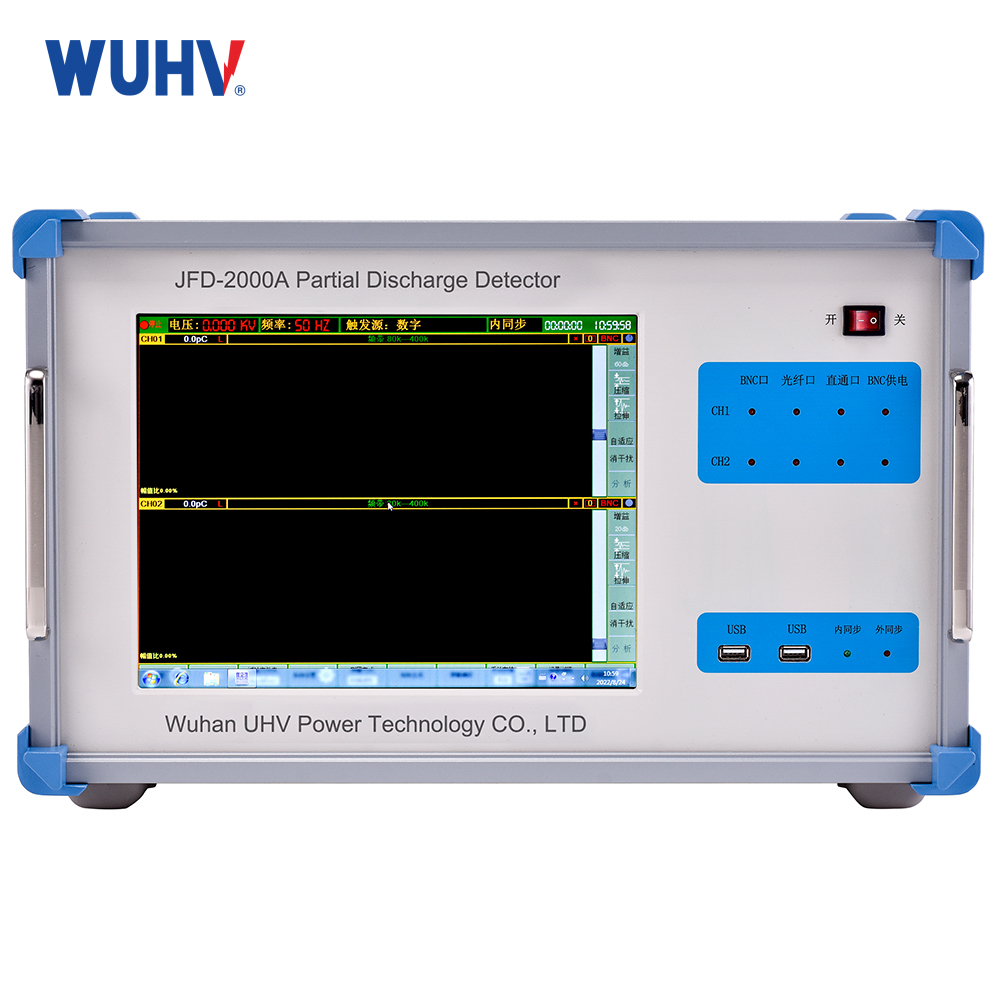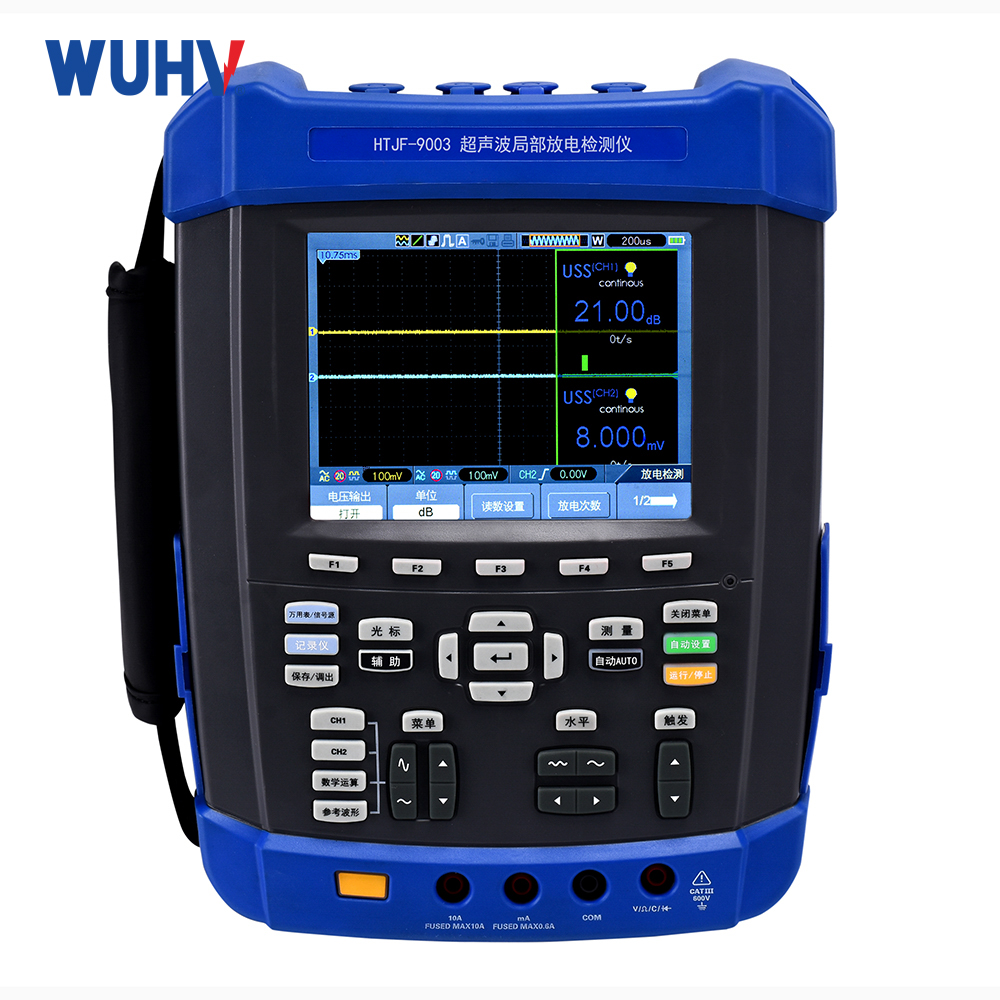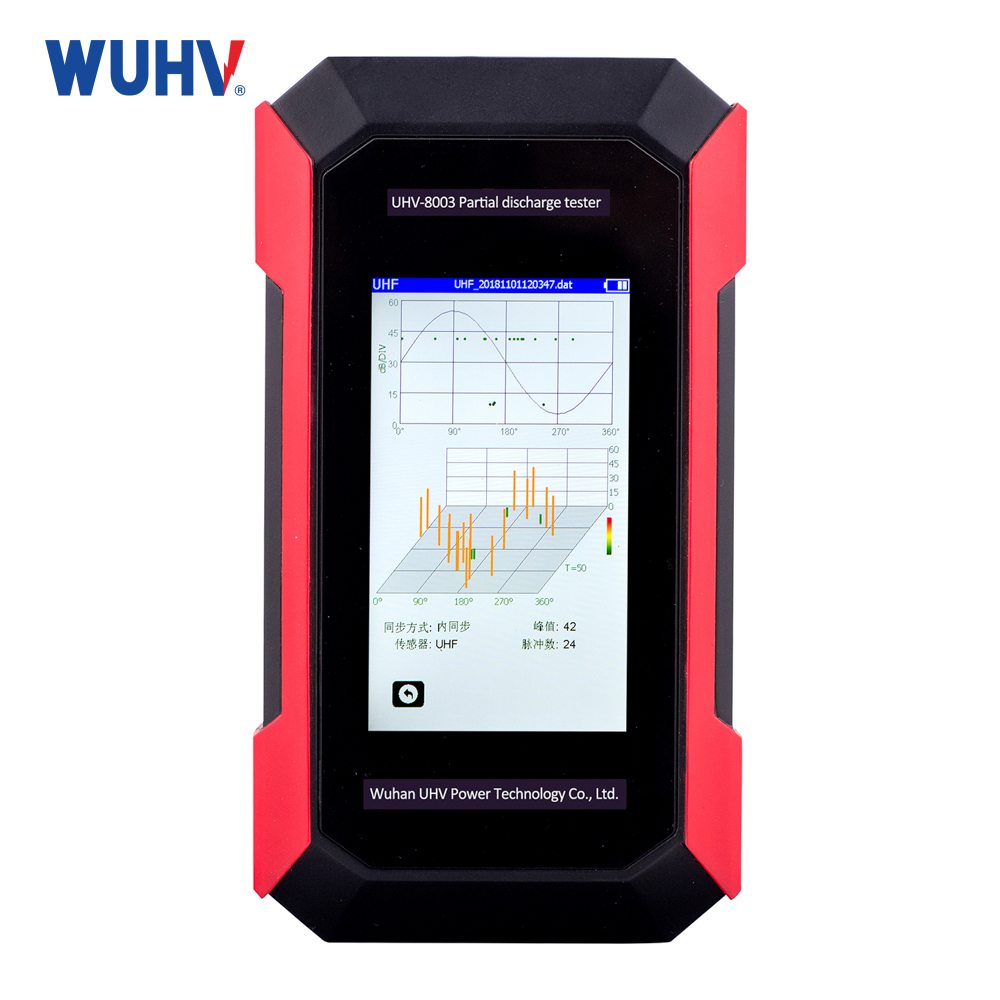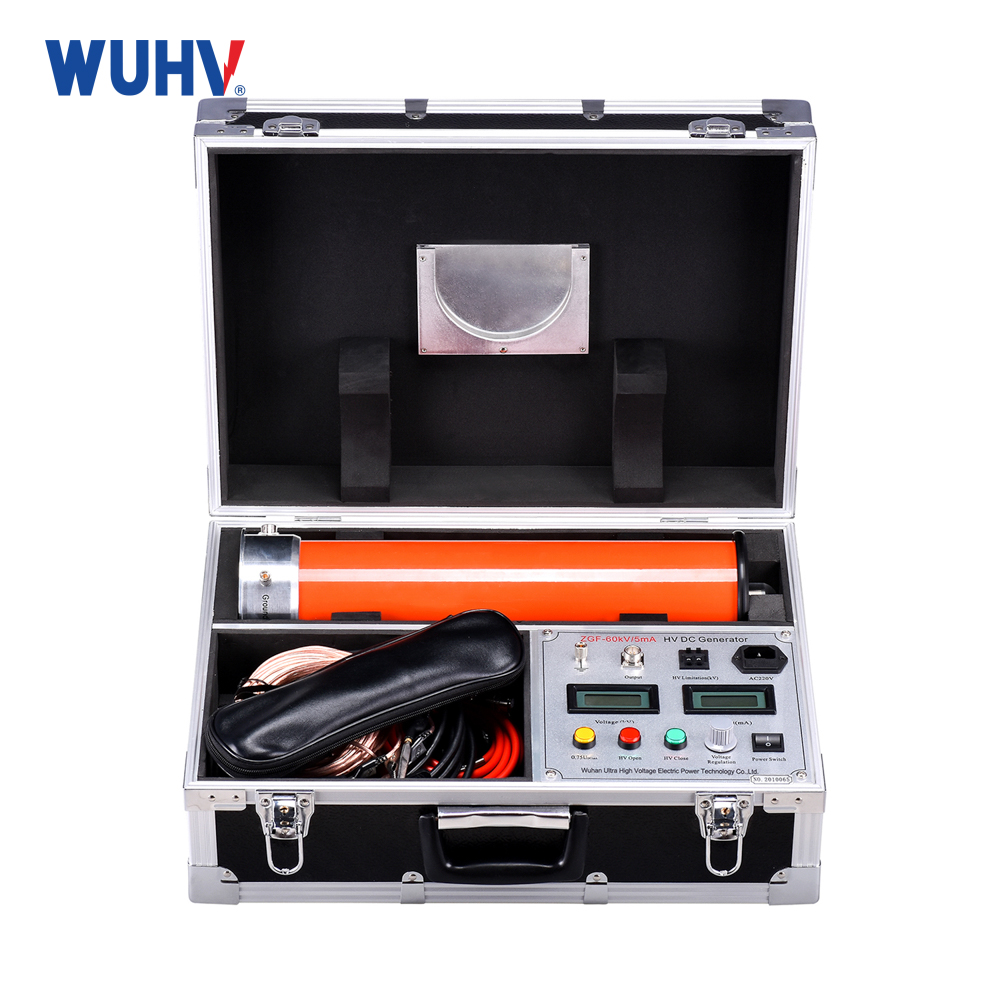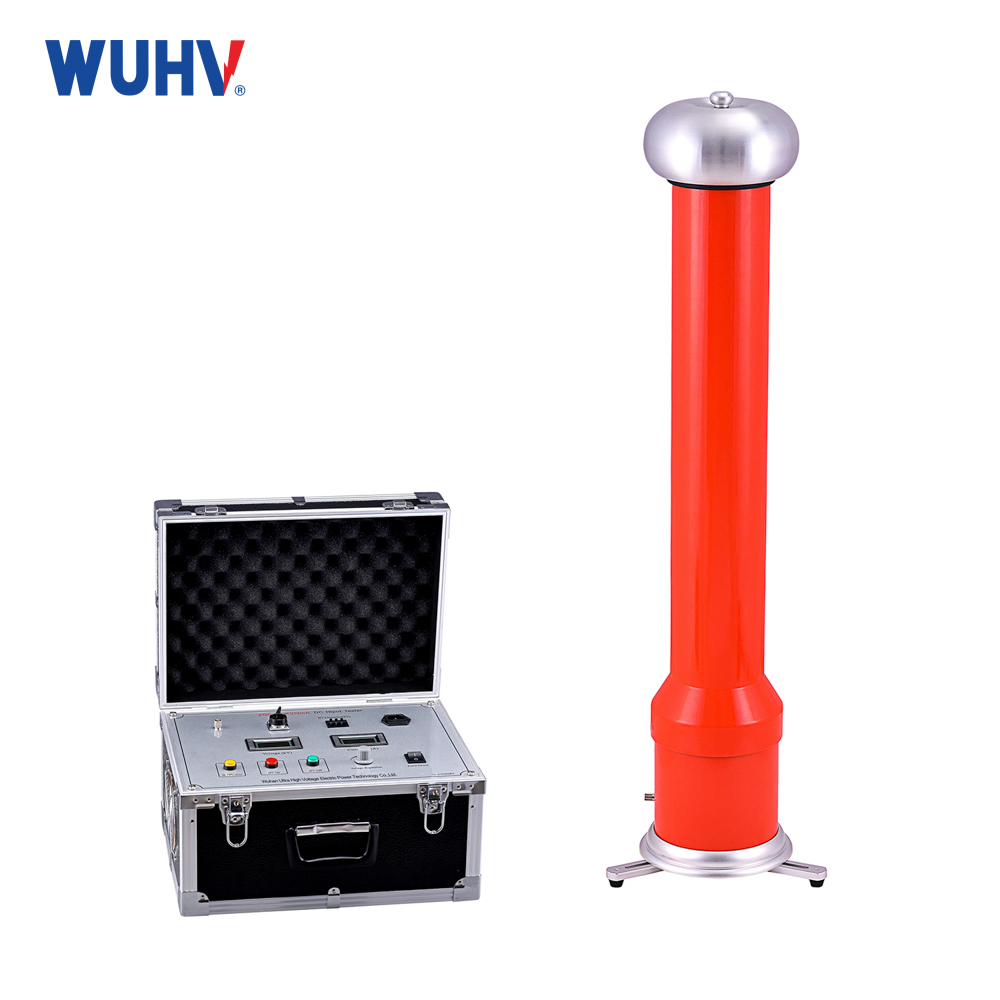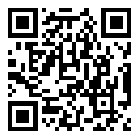Introduction
With the continuous development of digital technology and related professions, relay protection technology has also made great progress, such as the application of static relays in power systems. Among them, digital time relays, as basic components, have been widely used in various relay protection and automatic control circuits, enabling the controlled equipment or circuit to obtain the required delay and achieve selective coordination between main protection and backup protection.
Digital time relays are used for relay protection, primarily to replace electromagnetic and transistor type time relays. It can shorten the level difference of overcurrent protection, reduce maintenance, and improve the accuracy of protection actions. Protects the safe and stable operation of the main system and main equipment. Due to its high precision, good stability, convenient and intuitive tuning, no need for verification when changing the setting value, and wide tuning range, it is highly popular among users. As a result, digital time relays have been widely used in power systems.
However, in recent years, digital time relays have repeatedly experienced misoperation in power systems, causing significant losses to users. The reasons for misoperation include poor system environment, usage and maintenance issues, product quality issues, component damage, poor anti-interference performance, and so on. However, the most difficult problem to deal with is the poor anti-interference performance of digital time relays. This article puts forward its own opinions on the anti-interference performance of digital time relays for reference.
1. Methods to improve anti-interference ability
1.1 Main sources of interference
Relays in power system operation are mainly affected by electromagnetic interference, which can come from the following sources:
(1) When the DC low-voltage circuit disconnects inductive loads (such as contactors, intermediate relays, etc.) or electromagnetic current and voltage relays, rapid transient pulse group electric waves are often generated due to contact shaking;
(2) Induced interference generated during the operation of high-voltage electrical equipment near high-voltage substations;
(3) High frequency electromagnetic radiation generated by frequency modulation electromagnetic waves and arc discharges from mobile phones, portable walkie talkies, and adjacent or nearby devices; (4) Electromagnetic energy propagated through space in devices such as pulse circuits, clock circuits, switching power supplies, transceivers, etc;
(5) Charged operators generate discharge when they come into contact with conductive components of the equipment.
1.2 Propagation Modes of Electromagnetic Interference
There are two main forms of electromagnetic interference propagation, namely conduction and radiation. Conduction is the act of current or voltage acting on a relay through wires. Radiation acts on relays in the form of electromagnetic fields through space. The main conduction path for digital time relays is the power line. Therefore, the main part of suppressing conducted interference is the power supply of the digital time relay.
1.3 Measures to improve anti-interference
Based on the sources and modes of electromagnetic interference, as well as the working characteristics of digital time relays, measures to improve the anti-interference ability of digital time relays are mainly taken from the following aspects.
(1) Add an EMI filter to the power input terminal. EMI filter is a low-pass filter composed of passive components in a multi port network. It not only attenuates interference caused by conduction propagation interference, but also has a significant inhibitory effect on radiation interference. This type of filter is particularly effective for low frequencies (20-100kHz). By selecting a suitable ferrite material core, its suppression frequency range can be increased to 400MHz.
Due to the small size and structural limitations of digital time relays, molded EMI filters are generally bulky and not suitable. However, the working frequency of relays is not high, and the design and process requirements are relatively low. At the same time, it can also reduce costs. Therefore, it is very feasible to directly design EMI filters in circuits.
The accessories have been strictly screened and selected to be close to the ideal state, but there are actually deviations.
The dielectric capacitance and inductance in the filter can be changed, and the coupling during appropriate changes can effectively suppress the transient interference caused by contact jitter in line switches, contactors, and actuators.
(2) General measures for anti-interference of digital circuits
① The clock frequency should be selected as the lowest within the allowable working conditions; ② It is necessary to decouple the power and control lines to prevent external interference from entering; ③ Decoupling capacitors should be added between the power supply and ground of each integrated circuit. Require capacitors to have good high-frequency performance; ④ Add decoupling capacitors on slow signal lines.
(3) Reasonable design of printed circuit board: ① The power and ground wires on the printed circuit board should be wired in a "cross" shape to balance the current and reduce the line resistance; ② When wiring, separate high and low voltage lines, and separate AC and DC lines; ③ Do not place the input and output lines close to electromagnetic hot wires such as clock generators and power lines, and do not place them close to fragile signal lines such as reset lines and control lines; ④ Cross wiring between adjacent boards; ⑤ Try to minimize the effective surrounding area of the power cord routing, which can reduce electromagnetic coupling; ⑥ Adjacent layer wiring should be perpendicular to each other; ⑦ Do not have branches in the wiring to prevent reflection and harmonic generation; ⑧ Correctly connect the bypass capacitor. When digital circuits are in operation, there is a large sudden change in current, which can generate strong noise signals. Therefore, bypass capacitors should be correctly connected to the power line according to Figure 4; ⑨ Concentrated grounding points.
(4) Reasonable wiring: ① The input power and ground wires should be as short as possible; ② The wiring or connector connections between boards should be as short as possible. And the lines are separated from each other; ③ When wiring, the power cord and contact lead out wire should be separated; ④ Positive and negative power lines should be twisted together to reduce common mode interference.
(5) Adopting new technology: ① Adopting surface mount technology and surface mount sealing technology can significantly reduce stray parasitic capacitance and inductance caused by long leads of the device, simplify shielding design, and thus greatly reduce electromagnetic interference and radio frequency interference. ② Changing from a 2-layer printed circuit board to a 4-layer printed circuit board using a multi-layer circuit board can greatly improve the emission and immunity performance.
2 Conclusion
The above analysis addresses the issue of anti-interference in digital time relays. Through practical application, the interference problem that existed in previous digital time relays has been solved, and the reliability of the action has been greatly improved. It has also been confirmed through on-site application in a certain power system.


